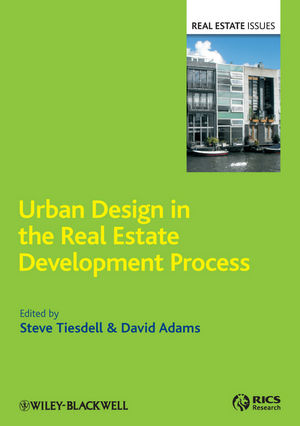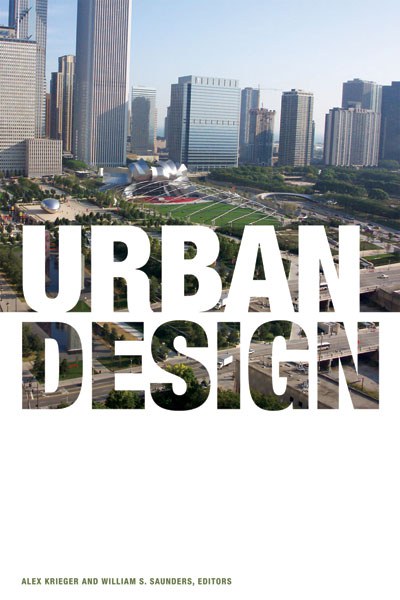
It’s instructive to think about what all this means for architects and urban designers, whose traditional purview it is to creatively imagine the use of space.
My challenge to the Utile-OU team was precisely this: how can they extend their own disciplinary research without apology on the one hand and at the same time develop a speculative spirit that takes bigger risks with form, organization, and materiality in response to their client audiences.
These are important questions: with the building boom over, and as both professional offices and academic programs seek to reframe their roles to adapt to our fast-changing culture, we have an opportunity to recalibrate the relationship between practice and education — and more, to realign progressive practice with academic inquiry.
One can (literally) still smell a group of cub reporters huddled under the canopy and out of the rain while taking a break from the day’s deadline.
The consequence of this experience, enhanced by the everyday ordinariness of the apartment and objects being rendered, is the sense that figurative architectonic space permeates every object, molding, and electrical device.
A flexible method that embraces informality and appropriation within a fixed city could be of great value to cities with changing demographics and constrained resources.
While there are many aspects of the typical university tenure process that are counter-productive (an issue that has been covered extensively in higher education publications), there are some aspects of the process that could have a positive influence on our firm and the individual career paths of the people who work here.
Hopefully, proponents of the various urbanisms, at least initially within the freedom of competitions and exhibitions, will more fully explore and give formal shape to the terrain of future possibilities, while keeping in mind that this terrain is not just environmental and technological, but fundamentally political too.
Architects are not builders, but we need to be knowledgeable enough that we can create written and graphic instructions for a building team. While this is an obvious statement, it points in an interesting and mostly unexplored direction.
As a reference book, the compendium was to communicate collective knowledge gained to an ever-growing design team and would avoid instances of wheel-reinvention, a problem in a busy office with a horizontal management structure.

Since the late 1990s the generative capabilities of parametric modeling, or digital scripting, programs have come to dominate design discourse at schools like Yale, Harvard, Princeton and Columbia, largely due to the increasing influence and leadership of mid-career professors and practitioners such as Greg Lynn, Preston Scott Cohen and Monica Ponce de Leon.